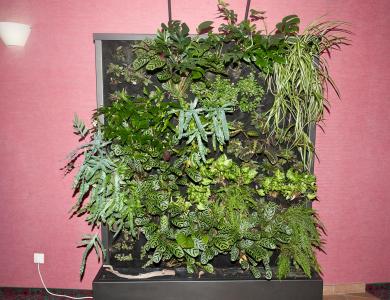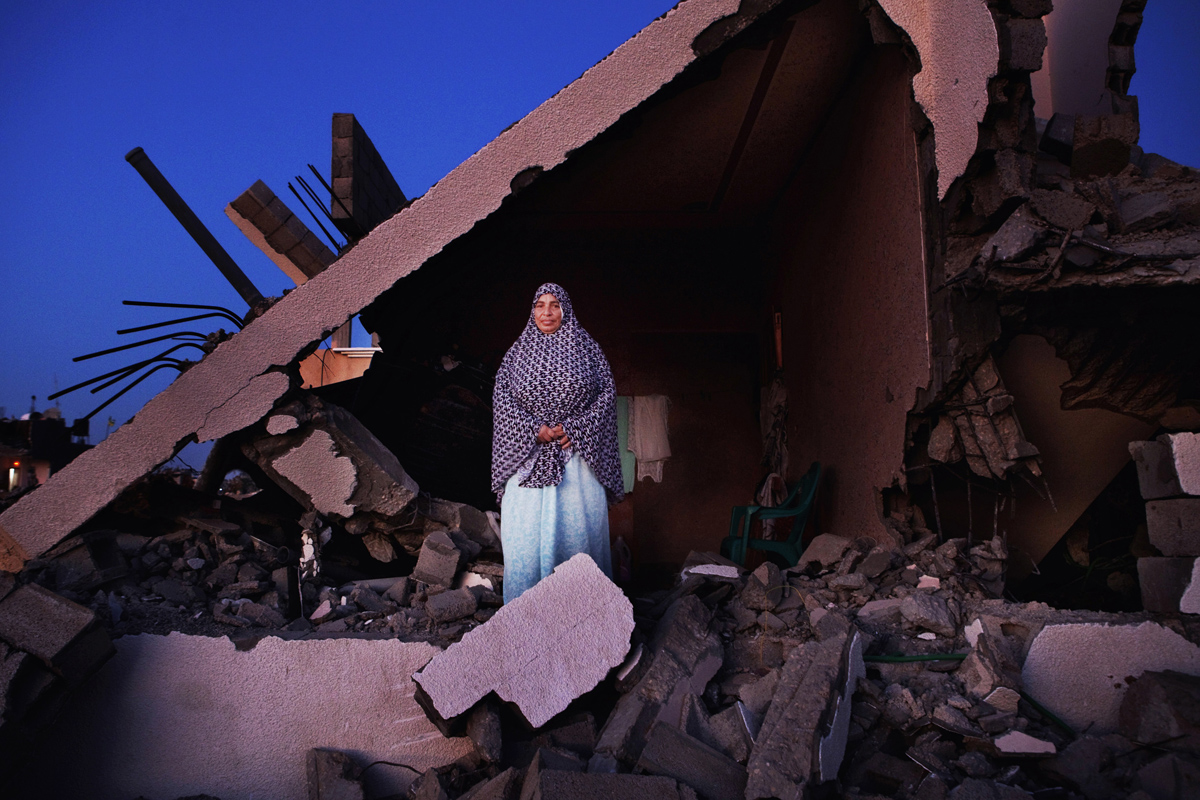
This blog is part of a series of exclusive interviews with the winners of United Photo Industries’ (UPI) pioneering Brooklyn-based public photography installation THE FENCE.
---
Multi award-winning photographer Q. Sakamaki has worked in the industry for 30 years as a photo documentary journalist. In addition to publishing five of his own books, Sakamaki’s work has appeared in media worldwide and has been exhibited extensively, including solo shows in New York and Tokyo.
We asked Sakamaki more about his long career and his latest series on THE FENCE, Gaza: Living in Ruins.
Thank you for your time. As an introduction for our readers, how would you describe your photographic style?
People often say my photographs are gritty, poetic and mysterious. So, I want to use such words. Yet I want to also add that I nearly always try to highlight human emotions in my work, even if I photograph inorganic subjects.
You have been working as a photographer since the mid-1980s, has your photographic signature evolved over this time?
For the last several years, I have tried to combine the so-called documentary photography with my personal, social identities, whether directly or as metaphors of those. Yet, it’s still far from my satisfaction.
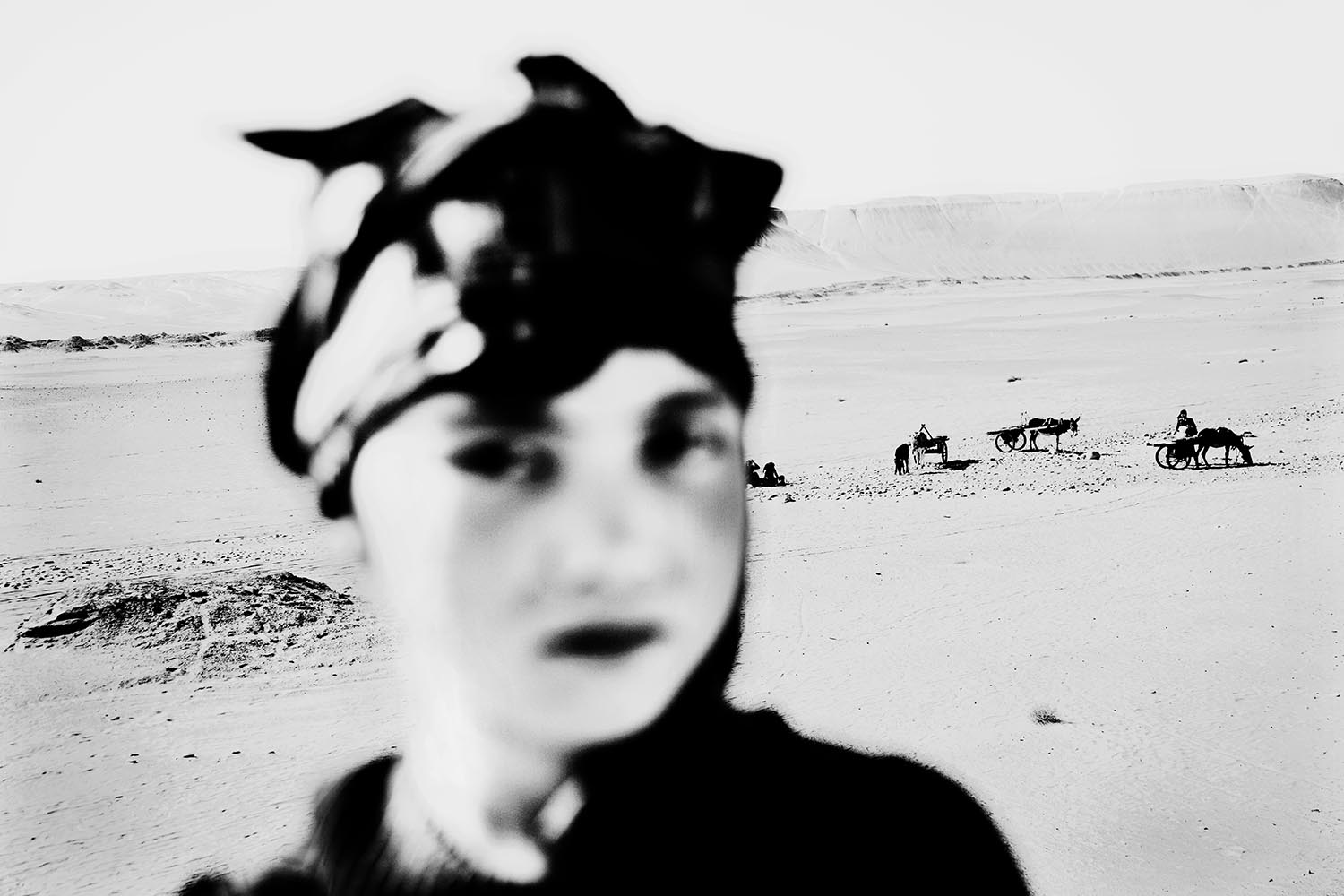
Having worked in photo-documentary journalism for so long, what do you think of the current state of this part of the industry?
In this further advanced “IT age”, photographers, editors, and critics tend to copy each other in terms of styles, stories, or views of about what is good or bad, whether consciously or not. This is a very bad phenomenon, since it makes our industry less attractive and consequently, I believe, chokes it.
In your career you have photographed war zones all around the world. Is there a particular country/ assignment, which stands out above all others?
Liberia, when I covered the civil war in 2003. I felt an enormous double standard existed in the world, as if life was very cheap in the country.
Your work ‘Gaza: Living in Ruins’ is currently being exhibited on THE FENCE. Please tell us more about this work and its inspiration
For the last 20 years, I have been to Gaza and other Palestinian territories many times and photographed there in typical photo documentary style. Yet, even if I captured good images, it had started to give me a sense of just repeating. It was not a good habit. So, last year, I took a different approach to photograph Gaza — conceptual environmental portrait series.
What was it about the relationship between people and their homes that appealed?
The relationship is a metaphor of the war between Israel and Hamas and the international community’s indifference — at least easily forgetting tendency — onto Gaza, as the Israel-Palestinian conflict continues so long.
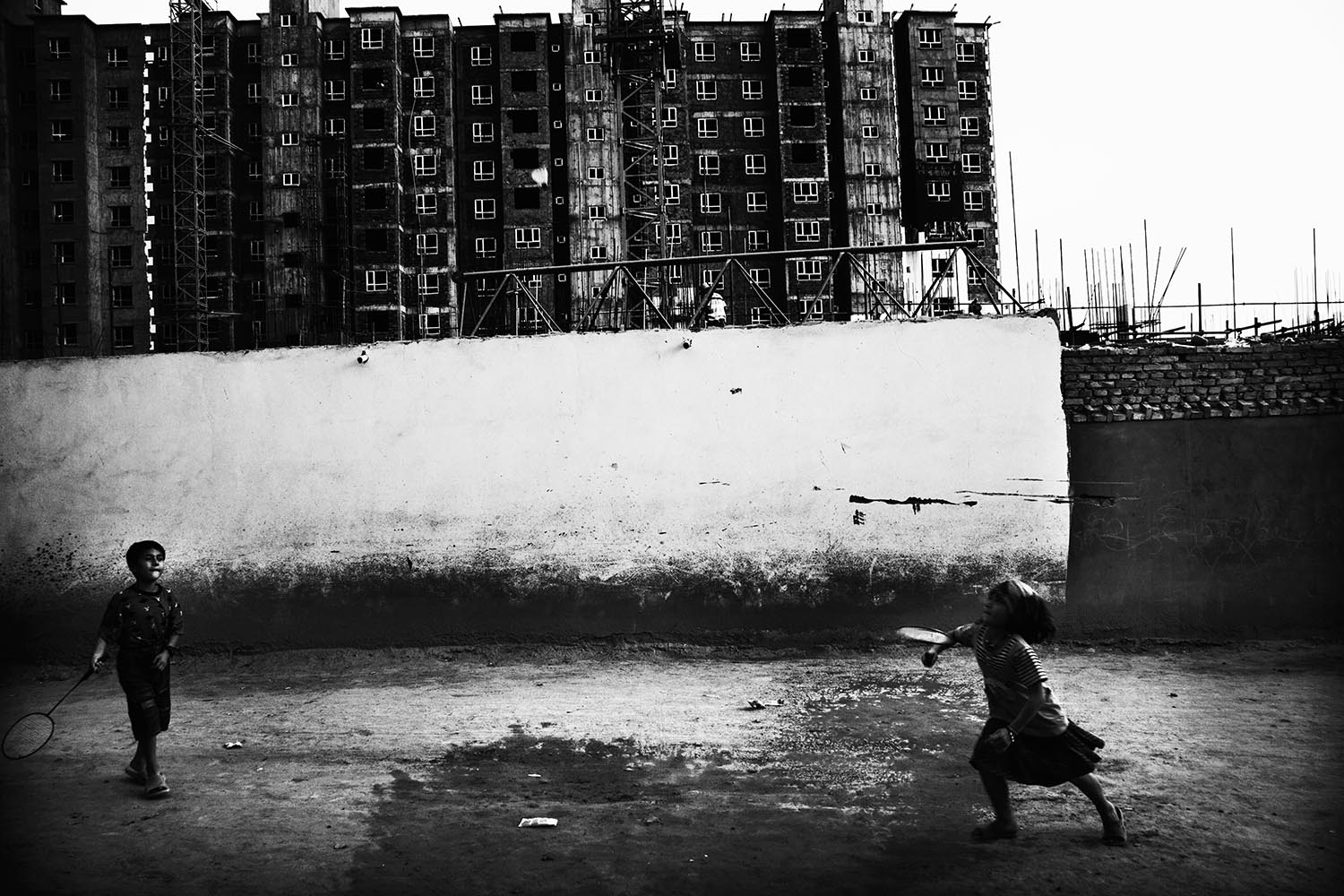
Light serves an important purpose in the series. Again can you explain more?
Yes, I intentionally used strong light to conceptually highlight 1): the ongoing plight of people in Gaza and 2): the indifferent or at least compassion fatigue tendency of the international community onto Palestinians.
Tell us more about the actual shooting and logistics of the work
I love to shoot with film, and I still do regularly. But I shoot digitally for most of the time, for more than the last decade. And this Gaza project was also digitally photographed.
One of your latest projects, China’s Outer Lands, is also very concerned with people and identity. Could you tell us more about the work and how many times you visited China to shoot the series?
It is people’s identity struggles between conformity and originality, autonomy and dependence in China’s Outer Lands (where their mother tongues, religions are very different from those of Han Chinese), as they in history have experienced so many wars and waves of migration, and now they have been facing another intractable upheaval — China’s massive economic development. Through covering such people’s struggle in China’s Outer Lands, I love to explore what humans are and where we are heading in future, including my personal, social, national identities. I have been to China for this project 7 times.
You have been quoted as saying that this series is very “Japanese in style”. What do you mean by this and how does this show through in your work?
To put personal identity into a photo-documentary work is a kind of common for many Japanese photographers. Through China’s Outer Lands, I also explore my own identity, often viewing the shooting subjects as metaphor of myself.
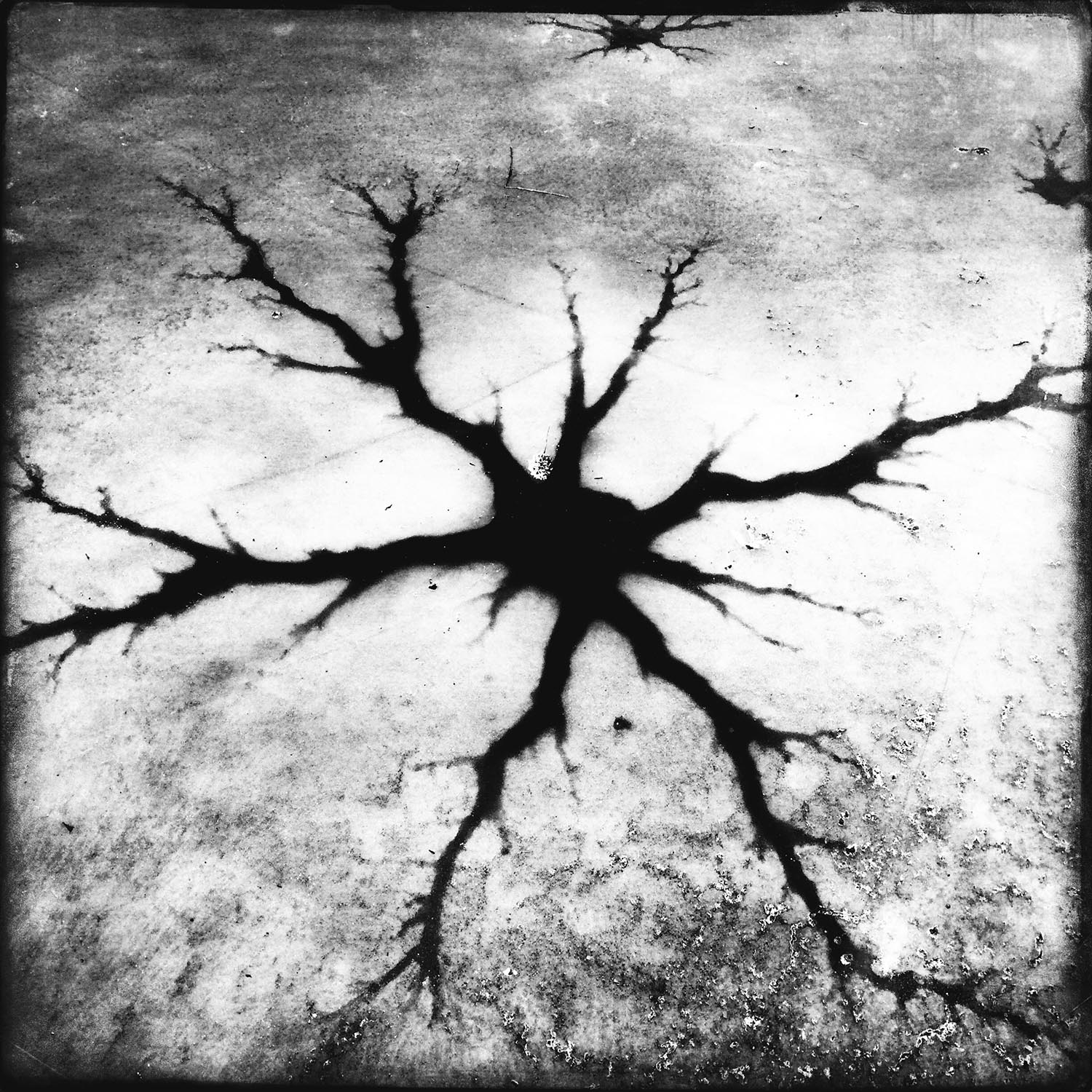
You have a great Instagram feed and have done take overs for major media such as The New Yorker. Why is it important for you to use this form of social media?
It could be a wonderful, quick fun process to experience encounters in everyday life, whatever they are, through which I can often further explore new point of view for life. Also it could be a great training, especially as I would like to do experiment and then want to get a quick response.
What’s next for you?
First, I want to finish my China project, though it is hard. Then I want to restart the Greater Silk Road Project. The theme is theoretically the same as the China Project — I would like to combine the documentary captures of the social, cultural and political environments with my personal, national identities. Next coverage would be Crimea or Japan or another place. In addition, though not my photo-project, with friends I will soon launch an Instagram gallery documenting and curating the stories of everyday life in Japan (@everyday.japan).
Lastly, is there an image by any other photographer that you wish you had taken?
Usually I respect photo series more than a single image. But If have to answer this question, I will choose Alfred Eisenstaedt’s iconic photo — V-J Day in Times Square, August 14, 1945.


